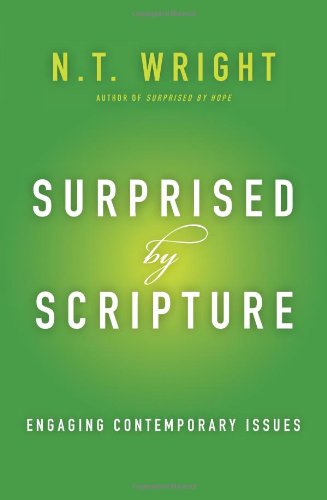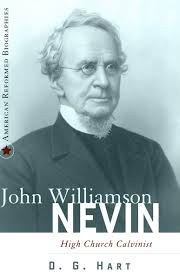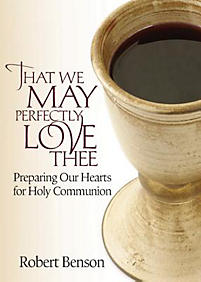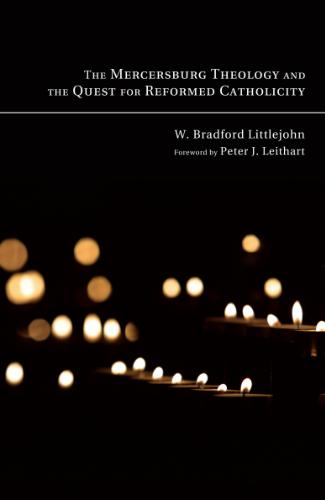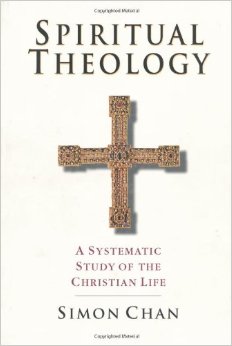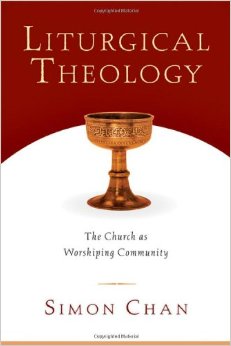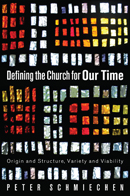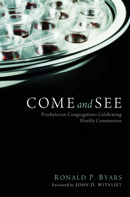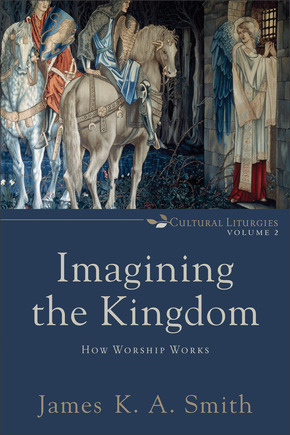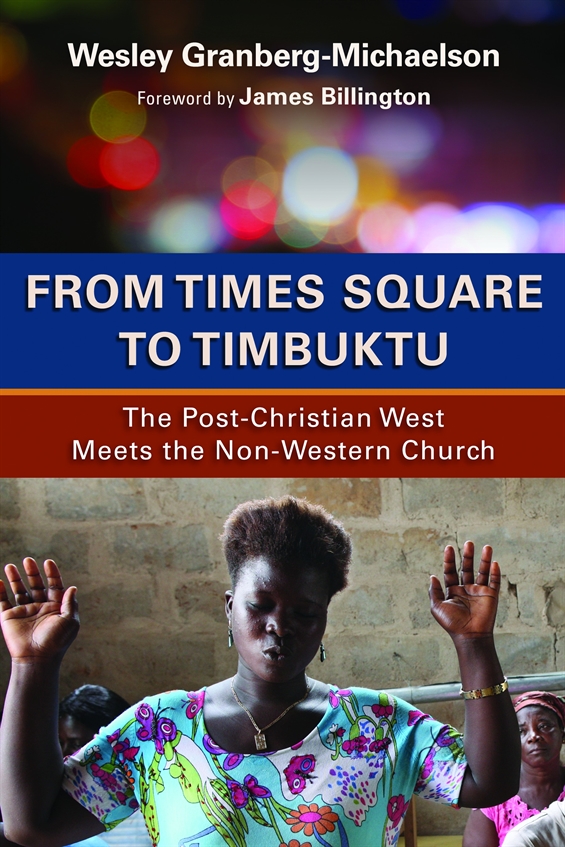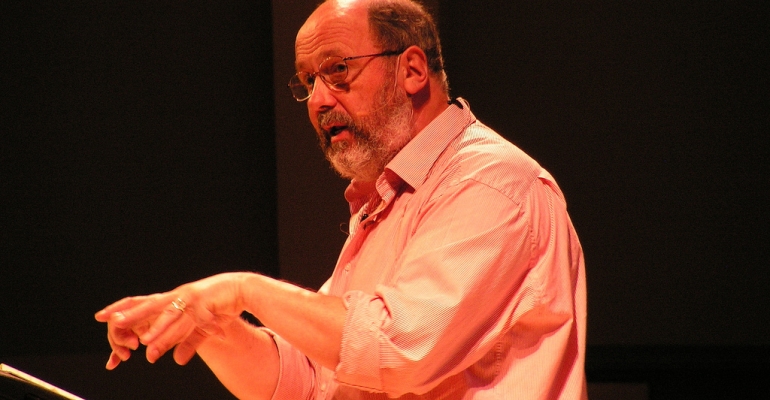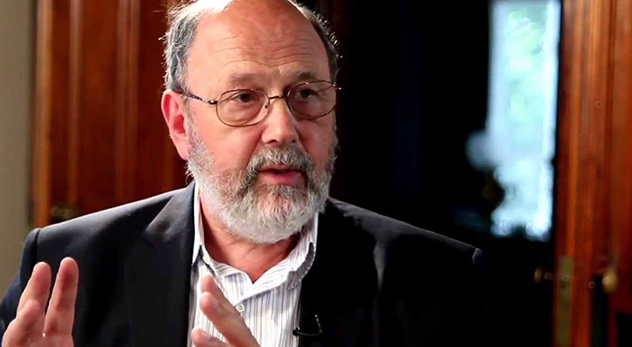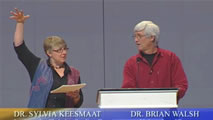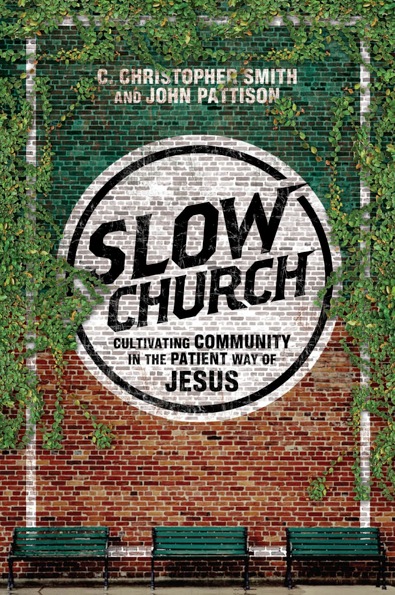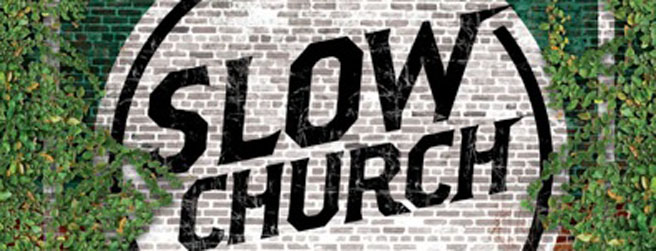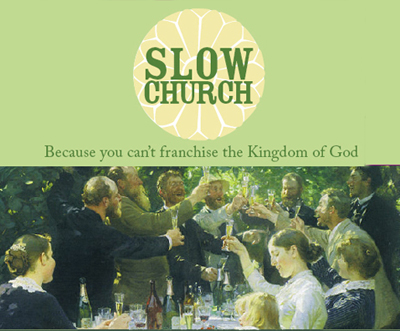DVD For the Life of the World: Letters to the Exiles Produced by Acton Institute (Gorilla Pictures) new DVD lower price $25.00; our sale price $20.00. STUDY GUIDE regularly $9.99, our sale price; $7.99
Okay, I’m going to say this right up front. I know I get pretty enthused about a lot, and I promote books each week here that I say are fabulous. We get oodles of books in the store each week, and there are many I’d love to tell you about, some which I really, really like, even though I don’t get to write about them. I can only tell you about a select few, so I usually pick the very best to describe at BookNotes, and I naturally gush about most of those. It’s not insincere or complicated: I don’t write about the mediocre ones. We stock most of the basic Christian bestsellers, and other things, too, but don’t need to tell you about them, so we pick the very best to review and promote. So, yeah, we gush a lot here at BookNotes, since we’re telling you about the cream of the crop.
I say that so that you don’t roll your eyes and say “Borger’s at it again, saying this one is a must-buy, gotta have, truly extraordinary resource — but he says that about everything.”
Well, no I don’t.
But I am saying it today. I really, really am.
T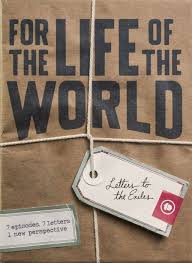 he DVD For the Life of the World: Letters to the Exiles is a must-buy, gotta have, truly extraordinary resource and I am going to rave and gush and do the happy hard-sell, because I really think this is something you should own, perhaps a once-in-a-lifetime product. In our 30-plus years here at the shop we’ve never seen anything like it.
he DVD For the Life of the World: Letters to the Exiles is a must-buy, gotta have, truly extraordinary resource and I am going to rave and gush and do the happy hard-sell, because I really think this is something you should own, perhaps a once-in-a-lifetime product. In our 30-plus years here at the shop we’ve never seen anything like it.
Which is mostly a very large compliment. And a little bit of a fair warning.
The newly released 7-part film series DVD For the Life of the World: Letters to the Exiles is smart and just a tad eccentric. Its film-making style is perhaps best described as seemingly inspired by the colorful genius of Wes Anderson; if you’ve seen clips from Moonrise Kingdom or The Grand Budapest Hotel you might know what I mean. Its aesthetic is hipster chic, colorful, nostalgic, touching, and at times self-conscious. “Let’s rewind that,” the narrator and star Evan Koons will say to no-one in particular, and they do, zanily rewinding the film to an earlier spot, which they pick up and replay, underscoring something that second time through.
seemingly inspired by the colorful genius of Wes Anderson; if you’ve seen clips from Moonrise Kingdom or The Grand Budapest Hotel you might know what I mean. Its aesthetic is hipster chic, colorful, nostalgic, touching, and at times self-conscious. “Let’s rewind that,” the narrator and star Evan Koons will say to no-one in particular, and they do, zanily rewinding the film to an earlier spot, which they pick up and replay, underscoring something that second time through.
CHRIST PLAYS IN TEN THOUSAND PLACES…
For the Life of the World is stunningly beautiful in an upbeat, earnest-bohemian sort of way, endlessly fascinating, intellectually rich — even deep; who cites long passages from Hans Von Balthasar and recites Gerard Manley Hopkins poems about Christ playing in ten thousand places and in the acknowledgements thanks Reformed theologian Herman Bavinck? (Those credits are in the au courant, cool, chalk-board font, too. Is there such a thing as bohemian Bavinck?)
This glorious set of seven short “exploration films” (about 15 – 20 minutes or so, each) are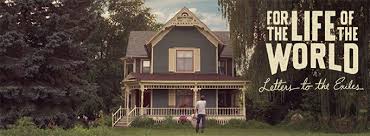 all set in this amazingly groovy house, jam-packed for no known reason with beautiful antiques, rummage sale stuff, 50’s and 60’s era memorabilia, old-fashion TVs and phones and goof-ball paraphernalia. One tattooed hipster (sorry for the redundancy) biker guy — The Stranger — says in one droll scene, “I like your dolls.” Why Evan lives in a house with a display of dolls isn’t asked and it doesn’t matter. I’m just telling you there is this vibe. If you are young and hip, you most likely will love it, and if you are a cultural creative of any age your mouth will drop at how cool this is, unless you are jaded and cynical and then maybe you won’t.
all set in this amazingly groovy house, jam-packed for no known reason with beautiful antiques, rummage sale stuff, 50’s and 60’s era memorabilia, old-fashion TVs and phones and goof-ball paraphernalia. One tattooed hipster (sorry for the redundancy) biker guy — The Stranger — says in one droll scene, “I like your dolls.” Why Evan lives in a house with a display of dolls isn’t asked and it doesn’t matter. I’m just telling you there is this vibe. If you are young and hip, you most likely will love it, and if you are a cultural creative of any age your mouth will drop at how cool this is, unless you are jaded and cynical and then maybe you won’t.
If you are going to show this in a fairly white-bread, middle-class church setting, it is still fine and will be fun, but know it is a little artsy and youthful. The instrumental soundtrack was created for the project by the band Jars of Clay. Yes, the big “wedding scene” ending — they explain a word which means “yet, but not yet” and are playing with how the church’s worship and life in the world anticipates the final eschatology banquet — is a lovely, lovely, lovely hipster dance with all those strung up little lights in the clearing in the woods, with mason jars and fresh flowers and guys with vests dancing with women with long skirts holding smiling babies while a cool indie folk band plays. Old and young share food and flowers and accordions and starlight. If heaven is even somewhat like that, you will want to be there, I’m just saying.
And so, there’s that hip, gorgeously colorful aesthetic.
This film series is nothing if not entertaining. They play hockey, bake bread in an outdoor oven, mess around with compost, show children climbing magnificent trees, visit a neurology center to learn about brain studies, interview older folks about how they first fell in love, and show a major bit of beautiful footage about Makoto Fujimura in his art studio, ruminating on what it means to behold.
You can watch the promo trailer for it, shown below. You will be delighted, I hope, by the narrative approach, the use of metaphors, the cool music — it isn’t a talking head, dry intellectualism. It is emotional and creative.
BIG-PICTURE DAILY DISCIPLESHIP
The For the Life of the World DVD segments are nothing short of an introduction to big-picture Christian living, asking “what is our salvation for?” It explores how a real-world life of daily Christian discipleship is enhanced and made practical by a vision of embodied, missional service in a world blessed and ordered and being redeemed by a covenant-keeping, gracious Triune God known best in the person of Jesus.
I would say this is the film for which some of us have been waiting for 40 years, playfully and artfully and wisely articulating the implications of a profoundly Christian view of life, for all of life. They do not use the word worldview anywhere in the film (even though it was made by Kuyperians in Grand Rapids) and while it is certainly informed by serious theological thinking and has important intellectual foundations, it isn’t dry or abstract. (When it does get a little heavy, Evan gives us a knowing and urgent glance, instructing us to “pull up your pants, this might get a little weird.”)
Importantly, they take swipes at intellectual abstraction from time to time. One cannot be incarnational and missional — seeing redemption truly as “for the life of the world” and believing that salvation leads to creation restored — if one is merely abstract or theoretical. Hence the bread-making and wine-drinking and composting and a fabulous rant by Anthony Bradley on what a bore an overly managed hockey game becomes. Throughout, including the stunning 6th episode entitled “Wonder,” there is plenty of room for mystery and wonder.
For the Life of the World: Letters to the Exiles is made up of 7 interesting sessions, each with a bit of a set-up, a dramatic center (sometimes acted out as a bit of a plot — a stranger showing up, a trip to a school to learn about learning, a on-going sub-plot about clearing a woodsy lot, unloading a truckload of composting manure, and literally getting one’s hands dirty) followed by further discussion, usually with the delightful scholar Stephen Grabill. It is playful and sometimes a bit mysterious, but these conversations are packed with profound wisdom, insightful, transformative, even.
P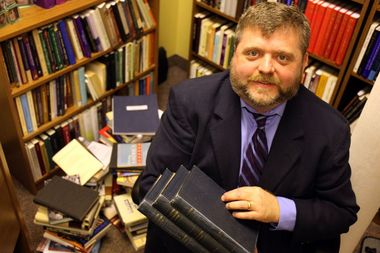 rofessor Grabill has written detailed studies about reformation history and ethics — as a scholar at the historically Roman Catholic Acton Institute he teaches about natural law, especially through the lens of 16th century Reformed theology — and is perfectly cast in the films as the “go to” teacher who instructs our befuddled young star, the curious, passionate, aforementioned Evan Koons, who is longing to figure out the relevance of faith to his life and our world.
rofessor Grabill has written detailed studies about reformation history and ethics — as a scholar at the historically Roman Catholic Acton Institute he teaches about natural law, especially through the lens of 16th century Reformed theology — and is perfectly cast in the films as the “go to” teacher who instructs our befuddled young star, the curious, passionate, aforementioned Evan Koons, who is longing to figure out the relevance of faith to his life and our world.
Grabill is certainly one of the smartest guys around, and I was pleasantly happy to learn, one of the nicest; his joy in this project is palpable. Dr. Grabill is the main script writer of For the Life of the World and he excitedly assured me a half a year ago as the video trailer was being premiered at the Jubilee Professional gathering in Pittsburgh that, indeed, its title is stolen from the book For the Life of the World (St. Vladimir’s Seminary Press; $18.00) penned by the famous Russian Orthodox scholar, Father Alexander Schmemann. I hope you know that book, a wonderful study of eucharist and that whole “Christ plays in ten-thousand places” perspective on the sacramental nature of reality. Look carefully and you’ll see Schmemann’s face silk-screened on a tee-shirt Evan is wearing at one point. I think he’s wearing it in the scene before the one with the Kuyper shirt. What fun!
that, indeed, its title is stolen from the book For the Life of the World (St. Vladimir’s Seminary Press; $18.00) penned by the famous Russian Orthodox scholar, Father Alexander Schmemann. I hope you know that book, a wonderful study of eucharist and that whole “Christ plays in ten-thousand places” perspective on the sacramental nature of reality. Look carefully and you’ll see Schmemann’s face silk-screened on a tee-shirt Evan is wearing at one point. I think he’s wearing it in the scene before the one with the Kuyper shirt. What fun!
The tee-shirt hat tip to Schmemann isn’t the only not so subtle homage. There’s a hilarious scene in which the older professor Grabill takes young Evan aside, puts his arm around him, and with a nearly word-for-word replay of the famous “one word: plastics” scene from The Graduate — with Evan looking as perplexed as Dustin Hoffman — Grabill intones with deadly seriousness: “I want to say just one word to you. Just one word. Are you listening, Evan? Oikonomia. There’s a great future in oikonomia. Think about it. Will you think about it?”
Since the Acton Institute was once known mostly as a think-tank about market economics and the virtues that sustain social liberty, it shouldn’t surprise us that the word for economics — stewardship of the household, and of households — comes up early on. Oikonomia is a Biblical word connoting the notion of a household being caringly stewarded. Creation is made up of networks of abundant economies, and we are invited to play our roles among them. As they draw on “faith and work” advocate Amy Sherman, who wrote the wonderful Kingdom Calling: Vocational Stewardship and the Common Good (I laughed right out loud when they had this remarkable thinker and urban activist come out on the big sweet porch and interrupt the show to ask if anybody wanted lemonade) and black civil rights leader John Perkins (I smiled when Dwight sends along a VHS of Perkins) it becomes evident that this is no old-school Acton rant about the goodness of capitalism. They develop the notions of care-taking and stewarding God’s abundance for the common good in remarkable, inspiring ways and both Sherman and Perkins challenge us to live out justice with generous, serving, love.
LOVE IN DIFFERENT SPHERES
Their evocative social vision, for those that want to know, seems to draw on (without saying so) the “small is beautiful” Catholic social teaching that is known as subsidiarity and, perhaps more so, the Kuyperian notion of sphere sovereignty. Both are long-standing, well-developed social theories that basically insist that there are different spheres of life in God’s world and no one sphere should override the values and principles which guide the others, and that we are called to enjoy and attend to the unique contours of each. Each social zone or arena or institution should do what it is designed to do, not unlike various musical instruments playing their separate parts in a symphony. A family is guided by self-giving love for one another, obviously, but love expresses itself differently in a business providing services or in politics adjudicating laws, or in art or in schooling or in science.
(This, by the way, just for instance, is why philosopher and college prof James K.A. Smith rails against calling students “consumers” in a brilliant chapter found in his book The Devil Wears Derrida and Other Essays…)
This insight may seem utterly routine, or, when described as a sophisticated social theory, maybe strikes you as utterly arcane. I assure that if you are part of a fairly ordinary congregation, evangelical or mainline denominational, conservative or progressive, my hunch is you’ve rarely heard a call to engage the world in terms quite like this. Early viewers of this have affirmed that it really helps them think about things in fresh and new ways. It is good, good stuff and I’m sure will get your group thinking and talking in fruitful ways.
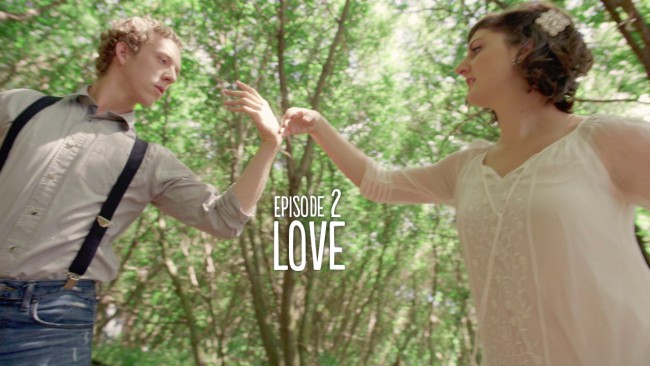 For The Life of the World DVD doesn’t even unpack all of this as much as I might wish, but it invites us to ponder how these various sides of our lives –these economies of God– can develop as avenues of service. The section on work, reminding us in a fabulously visual way of our often hidden relationships with others in the supply chain of products we buy and use, is especially nice. The one about love in the family is creatively imagined and beautifully staged as a couple does a rustic, tender ballet to a lovely instrumental tune by Jars of Clay. Session by session, they develop an aspect of life and how God’s good creation and the unfolding drama of the Bible’s big story allows us to find meaning in that side of life.
For The Life of the World DVD doesn’t even unpack all of this as much as I might wish, but it invites us to ponder how these various sides of our lives –these economies of God– can develop as avenues of service. The section on work, reminding us in a fabulously visual way of our often hidden relationships with others in the supply chain of products we buy and use, is especially nice. The one about love in the family is creatively imagined and beautifully staged as a couple does a rustic, tender ballet to a lovely instrumental tune by Jars of Clay. Session by session, they develop an aspect of life and how God’s good creation and the unfolding drama of the Bible’s big story allows us to find meaning in that side of life.
T he films do all this quite creatively — there is the hockey scene when it becomes sadly necessary for a referee to intervene (alluding to the rule of law, but also the need for restraint from overbearing police) and there is a gardening scene when the gardener arranges and determines the placement of plants, but can’t “make” them grow; we use our culture-making insight to arrange for a sustainable life and ordered culture, but can’t manage it all by applying science or theology or rules. Life is a gift, after all, and in all areas of life greater freedom to flourish is preferred rather then managerial bureaucracy or heavy-handed scripts. These guys aren’t leftists or socially progressives, but they sure aren’t “law and order” right-wingers, either. Their gentle, glad vision of human flourishing across all of culture — valuing just politics and meaningful labor and family love and creative arts — is so wonderfully rare these days that the film has no ideological feel to it at all. It is upbeat, invigorating, taking us to deeper insights and instincts about the postures we adopt in our service to the world. They aren’t against the world (like the culture warriors) but they aren’t advocating comfortable accommodation, either. They hold up patient, generational, faithful presence, working out an “in but not of” the world perspective. It isn’t preachy, though. Except, well, when it is.
he films do all this quite creatively — there is the hockey scene when it becomes sadly necessary for a referee to intervene (alluding to the rule of law, but also the need for restraint from overbearing police) and there is a gardening scene when the gardener arranges and determines the placement of plants, but can’t “make” them grow; we use our culture-making insight to arrange for a sustainable life and ordered culture, but can’t manage it all by applying science or theology or rules. Life is a gift, after all, and in all areas of life greater freedom to flourish is preferred rather then managerial bureaucracy or heavy-handed scripts. These guys aren’t leftists or socially progressives, but they sure aren’t “law and order” right-wingers, either. Their gentle, glad vision of human flourishing across all of culture — valuing just politics and meaningful labor and family love and creative arts — is so wonderfully rare these days that the film has no ideological feel to it at all. It is upbeat, invigorating, taking us to deeper insights and instincts about the postures we adopt in our service to the world. They aren’t against the world (like the culture warriors) but they aren’t advocating comfortable accommodation, either. They hold up patient, generational, faithful presence, working out an “in but not of” the world perspective. It isn’t preachy, though. Except, well, when it is.
LETTERS
And when it is, it is deeply moving, a highlight of the film. You see, at the end of eac h episode Evan writes a letter — he’s sitting at his desk, pen in hand, writing on white lined notebook paper — and he starts “Dear Everybody” and pens a moving epistle which summarizes in deeply spiritual tones the Biblical basis for the lesson of the day. At the end of each episode (except the last, which puzzles me) he walks out to the end of the sidewalk of the big funky house, puts his envelope in the mailbox, and puts up the little red flag. This really is a set of letters to us, reminders of a way of being in the world, and the vision of a wondrous, robust, lived faith for exiles. They are thought-provoking and good.
h episode Evan writes a letter — he’s sitting at his desk, pen in hand, writing on white lined notebook paper — and he starts “Dear Everybody” and pens a moving epistle which summarizes in deeply spiritual tones the Biblical basis for the lesson of the day. At the end of each episode (except the last, which puzzles me) he walks out to the end of the sidewalk of the big funky house, puts his envelope in the mailbox, and puts up the little red flag. This really is a set of letters to us, reminders of a way of being in the world, and the vision of a wondrous, robust, lived faith for exiles. They are thought-provoking and good.
This is the rhetorical theme of the films, after all, these oracles “to the exiles.” Evan wears his heart on his sleeve, inviting us to learn the truths he learns from Grabill, the wonderful “explorer” Dwight Gibson (of the exploration group) and their friends Amy Sherman, Anthony Bradley, John Perkins, Mako Fujimura and others. His letters point us to essential truths about how to live faithfully in exile — each an extrapolation and refraction of Jeremiah 29 which they reference in the first fantastic episode — and are signed, simply, “Yours, Evan.”
Mako Fujimura and others. His letters point us to essential truths about how to live faithfully in exile — each an extrapolation and refraction of Jeremiah 29 which they reference in the first fantastic episode — and are signed, simply, “Yours, Evan.”
As the credits roll at the very end after the last letter to us, we who are in exile, there is a powerful, slow original song, with a blazing electric guitar solo, Ghost in the Moon, created for the project by Jars of Clay. The whole thing is really exceptional.
7 EPISODES, 7 LETTERS, 1 NEW PERSPECTIVE
The tag-line on the front of the DVD package says it all: “7 episodes, 7 letters, 1 new perspective.”
What is our salvation actually for? In a sin-wracked, idolatrous, increasingly de-centered and polarized culture, how do we take up the call to be “in the world but not of it” and how to we sustain a joyful missional perspective in all that we do? This new perspective, they say, “is an invitation to explore the scandalous and beautiful story of God’s plan for the whole world.” These DVD pieces will help you and your group explore some of the most important things we can possibly talk about, without being heavy-handed or simplistic, and we highly recommend them.
DETAILS
For the Life of The World: Letters to the Exiles is selling for $25.00. At our BookNotes sale price, for now, at least, we have it at a great price, just $20.00.
This comes in great DVD package, creatively produced as we would expect. In this economical, thin cardboard case you get a nice overview of the sessions (written cleverly as a letter from Evan) and all the films on just one DVD disc. You can view it, or show it at your small group, fellowship, book club or Sunday school class with any ordinary DVD player.
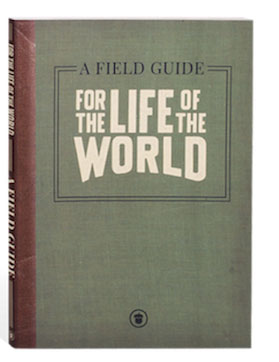 There is also a tremendous “field guide” resource which helps you process this in your small group. It has Bible study matieral, full color bits with extra insight, discussion questions, even background hints to look for, like a guide to the visage of the people Evan has on his tee shirt each week. I don’t always recommend study guides, but in this case, it would be ideal for each participant to have one. At least get one, for sure! It sells for $9.99 and we have it at 20% off, just $7.99. It’s a top quality resource and a real bargain.
There is also a tremendous “field guide” resource which helps you process this in your small group. It has Bible study matieral, full color bits with extra insight, discussion questions, even background hints to look for, like a guide to the visage of the people Evan has on his tee shirt each week. I don’t always recommend study guides, but in this case, it would be ideal for each participant to have one. At least get one, for sure! It sells for $9.99 and we have it at 20% off, just $7.99. It’s a top quality resource and a real bargain.
For what it is worth, early feedback has been amazingly good, with folks showing it literally around the world. Apparently it’s going to be on TV in Australia. Some church leaders who run very large and/or sophisticated small group ministries have raved about its usefulness, traditional churches. emergent communities, and those who do college and young adult groups have raved as well. The early buzz is fantastic, the vision life-changing, the conversations emerging from this very, very generative. It is the kind of thing we feel honored to be a part of.
People thanked in the ending credits for inspiring or helping them include serious, long-gone theologians and thinkers, but wonderful contemporary folks like Steve Garber, Andy Crouch and others from whom we, too, have drawn much inspiration. If you like Hearts & Minds at all, if you value what we do or are drawn to the logic and ethos of our curation of books to review, I think you’ll appreciate this a lot. Order it from us today.
You can watch the promo trailer here: http://www.letterstotheexiles.com/
Here is a great radio show about the FLOW project, which includes some audio excerpts of the films, and interviews with a few of the principles, including Dan Haseltine of Jars of Clay: http://www.acton.org/media/audio/life-world-writing-letters-exiles
BookNotes
DISCOUNT
FOR THE LIFE OF THE WORLD:
LETTERS TO THE EXILES
DVD
sale price
$20.00
sale price with Field Guide
$27.99
order here
takes you to the secure Hearts & Minds order form page
just tell us what you want
inquire here
if you have questions or need more information
just ask us what you want to know
Hearts & Minds 234 East Main Street Dallastown, PA 17313 717-246-3333

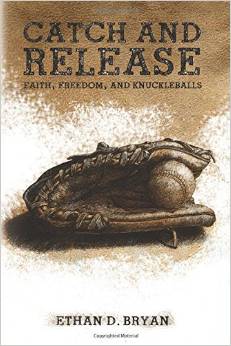
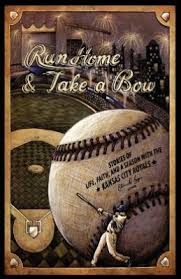
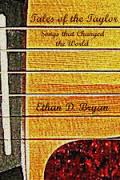
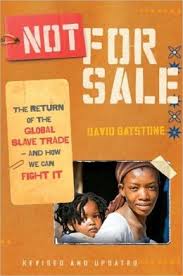
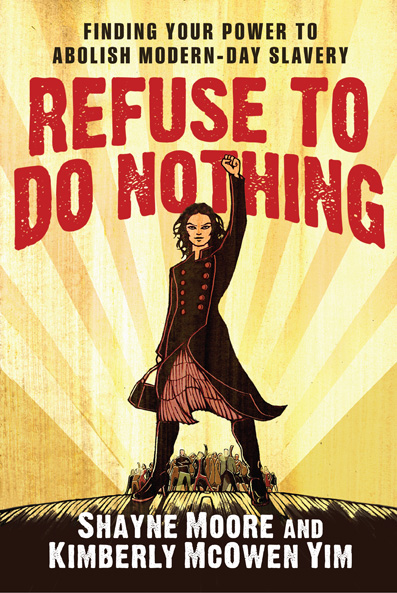

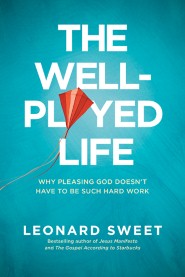
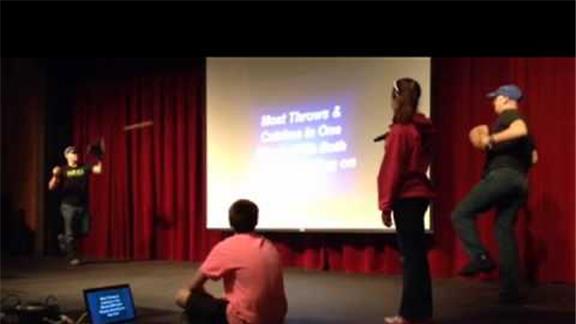

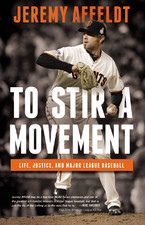

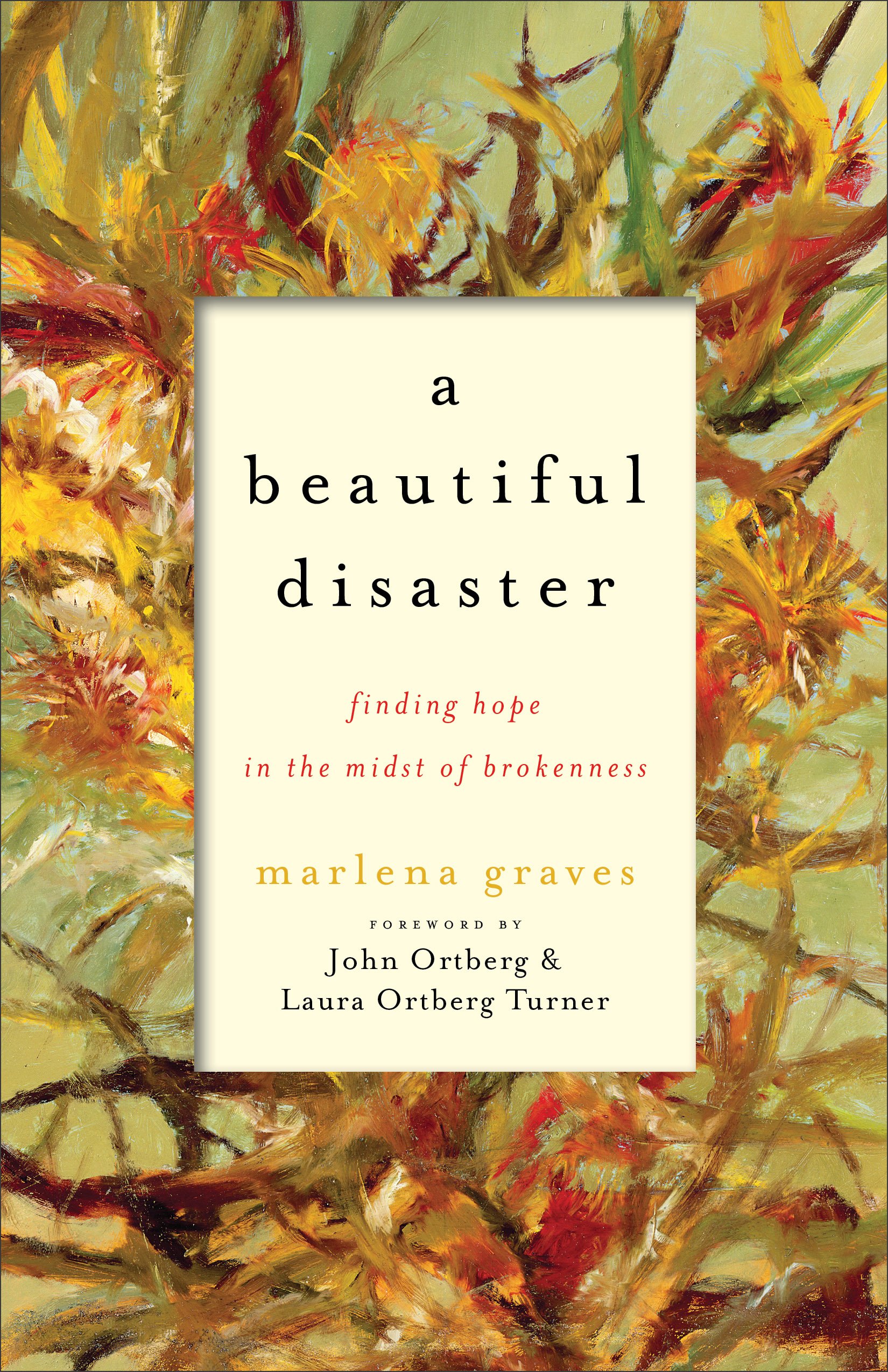 critique, part guide to finding
critique, part guide to finding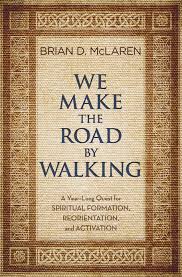
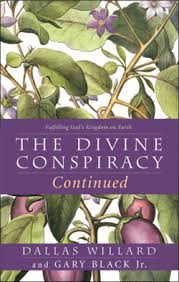 irst, I’ll explain an innovative and engrossing,
irst, I’ll explain an innovative and engrossing,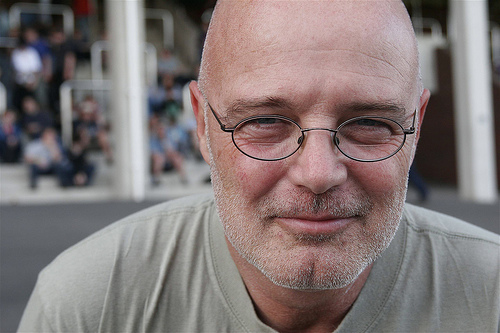 y Brian McLaren. Allow me to (again) clear the air a
y Brian McLaren. Allow me to (again) clear the air a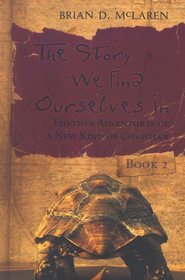 great 2003 novel The Story We Find Ourselves In.
great 2003 novel The Story We Find Ourselves In.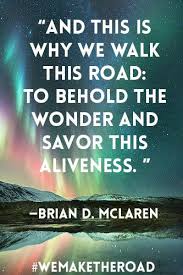 every page, is that this is a resource for
every page, is that this is a resource for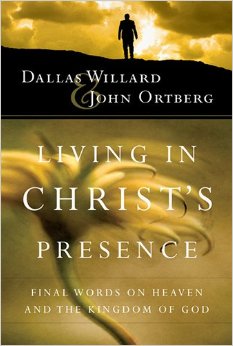 Presence), and one in
Presence), and one in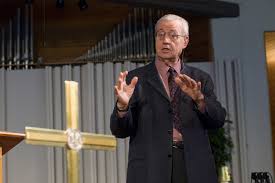 s with McLaren, although in less colorful writing and less,
s with McLaren, although in less colorful writing and less,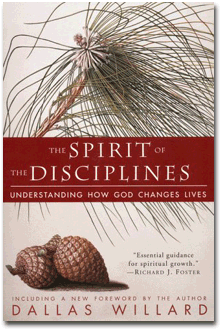 Disciplines: Understanding How God Changes Lives (HarperOne; $15.99) remains a must-read and
Disciplines: Understanding How God Changes Lives (HarperOne; $15.99) remains a must-read and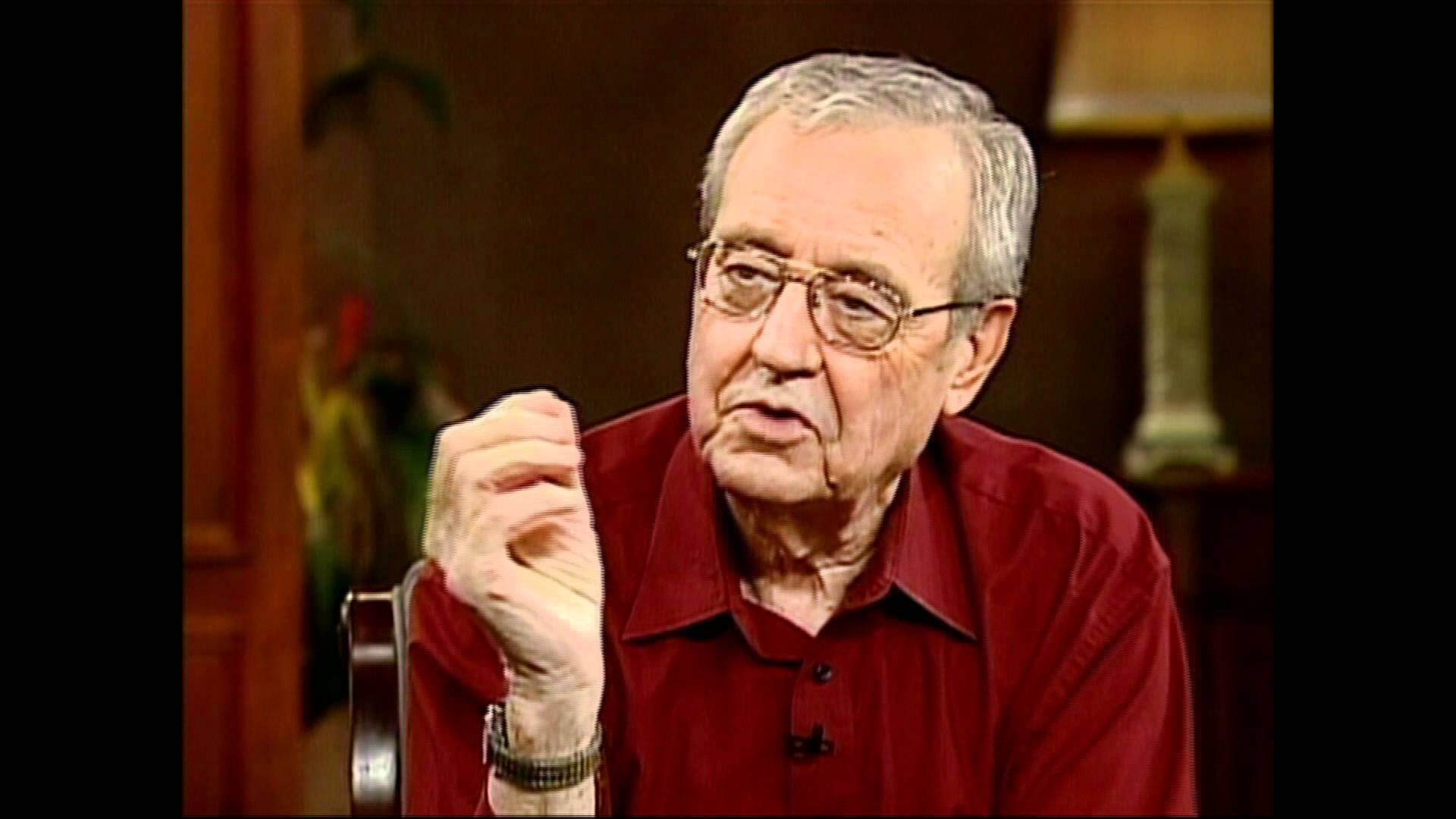 Willard not only gifted us all by writing these weighty and
Willard not only gifted us all by writing these weighty and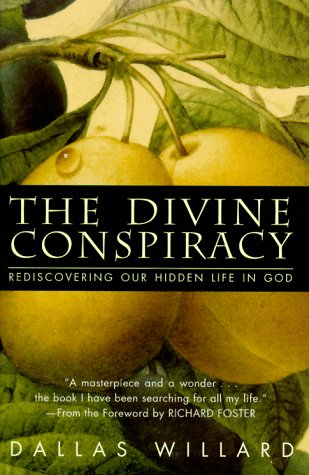 his views about education,
his views about education,